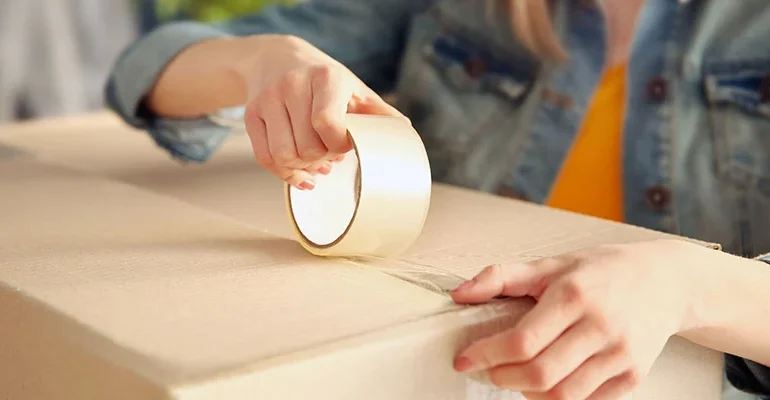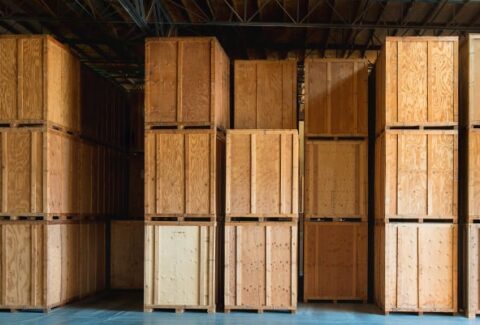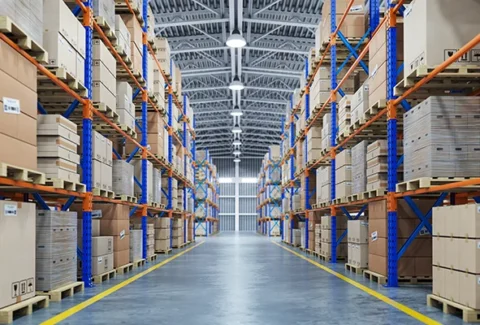Solution to the Search for Space: Residential Storage Services
If you’ve ever moved to a new residence, or are planning to, chances are you’ve explored supplemental storage options.
Whether transitioning between apartments, waiting for a home to be constructed, or simply scaling back in an attempt to declutter, there are few who can claim to have plenty of room for all the belongings accumulated over the course of years.
Though assessing what needs to be put into storage may at first seem a daunting task, as with most aspects of moving, it’s important to take one step at a time.
Begin by evaluating your belongings, sorting them into those necessities you’re certain of keeping, those which can be discarded or donated, and those that fall somewhere in between. This last category is typically where storage comes into play.
Items may include seasonal decor, outdoor and recreational gear, off-season clothing—items that you can do without for the better part of a year, and may only have a need to dig out at appropriate times. Larger residences in the process of being downsized may require additional space for excess furniture, small appliances, lawn equipment, and the like.
Once you’ve taken stock of the items to be stored, the next step is to determine the size of the storage unit needed.
To establish a baseline, it’s best to measure the largest items or boxes you intend to store. Smaller units can generally accommodate a collection of boxes and items; whereas larger spaces are based on the number of rooms, or bedrooms, found in a residence. Standard sizes can range from 5×5, 5×10, and 10×10 to 10×15, 10×20, and 10×30.
Heavier furniture can be used as a base, or turned on its side to maximize space. Individual items should be packed in heavy duty boxes or plastic totes to protect their contents from heat, humidity, and pests. Stack to the ceiling if possible, to take advantage of the vertical space available—most units are 8 to 10 feet high—leaving walkways between piles for easy access. In some cases, the addition of shelves for smaller items may prove beneficial.
Of course, you’ll also have the professional guidance of a facility manager to assist you with each stage of this process.
Once they’ve helped determine the proper size of a unit for your belongings, you can then turn your focus to pricing, and any special amenities which may factor into a final decision. For many, added features such as on-site security and insurance options are crucial; for others, easy access and climate control may be more important.
For further information on the storage options available to you, please contact Steinway Moving & Storage today.






